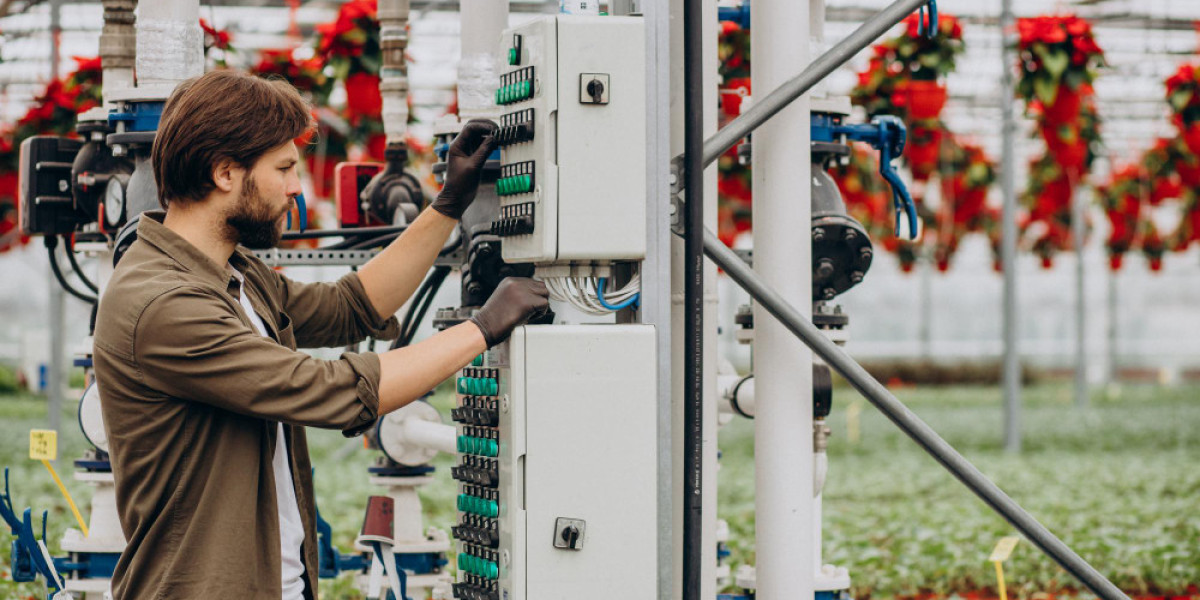Efficient power distribution is a cornerstone of modern infrastructure, whether in urban cities or bustling industrial zones. In both contexts, maintaining reliable and safe electrical systems is crucial for everyday functioning. Feeder pillars, also known as distribution pillars, play an essential role in ensuring that power is distributed effectively and securely. These compact, robust units provide a centralized location for controlling the flow of electricity, making them indispensable in both urban and industrial power distribution systems.
What Are Feeder Pillars?
Feeder pillars are outdoor electrical enclosures that house distribution equipment, such as circuit breakers, fuses, and busbars. They act as a bridge between the main power supply and the secondary distribution network, directing electricity from substations or power lines to various buildings, factories, or residential areas. Feeder pillars are designed to protect electrical circuits from damage, prevent power interruptions, and maintain the safety and efficiency of the electrical distribution system.
Ensuring Efficient Power Distribution
One of the primary functions of feeder pillars is to facilitate the efficient distribution of power. In urban areas, these pillars are strategically located to break down the power supply into smaller circuits that can be easily routed to homes, office buildings, and other establishments. By acting as intermediate points, feeder pillars ensure that electricity is supplied with the right voltage and current to different areas, preventing overloading of the main power lines.
In industrial areas, feeder pillars play a similar role but often serve larger facilities or more complex electrical needs. These pillars help distribute power to various sections of a manufacturing plant, ensuring that machines, equipment, and lighting systems receive the correct power without strain or disruption.
Enhancing System Reliability
Feeder pillars are vital for the reliability of power distribution systems. They are equipped with protective devices such as fuses, circuit breakers, and overload relays, which safeguard the entire system from electrical faults, such as short circuits or overloads. These protective mechanisms ensure that when there is an issue—whether it's a power surge or a malfunction in a specific section of the network—the system can quickly disconnect, preventing further damage.
In urban areas, where high population density and a mix of residential, commercial, and industrial buildings place significant demand on the power network, feeder pillars help prevent widespread outages by isolating the problem to specific areas. This reduces the impact of electrical faults and improves the overall stability of the power grid.
Improving Safety Standards
Safety is always a concern when dealing with electricity, particularly in densely populated urban areas or industrial facilities with large machinery. Feeder pillars provide an extra layer of safety by housing electrical components in a secure and weather-resistant enclosure. These enclosures prevent accidental contact with live electrical parts, reducing the risk of electrical shock or fire hazards.
Moreover, feeder pillars are often equipped with earthing systems and circuit protection features that prevent damage from electrical surges or lightning strikes, ensuring that the surrounding infrastructure, as well as workers or residents, remain safe from electrical hazards.
Supporting Scalability and Flexibility
Feeder pillars offer significant advantages when it comes to scalability and flexibility. As urban areas grow or industrial operations expand, the demand for power increases. Feeder pillars can be easily modified or added to the power distribution system to accommodate these growing needs. For instance, additional circuits can be added to the pillar to supply more buildings or equipment.
In industrial facilities, where power requirements may fluctuate or vary based on production needs, feeder pillars allow for easy adjustments in power distribution. This flexibility ensures that the system can scale up or down as required, without the need for a complete overhaul of the existing infrastructure.
Reducing Power Losses
Power loss during transmission and distribution is a common issue in many electrical systems. Feeder pillars help reduce power losses by ensuring that the electricity is delivered efficiently over short distances. In urban areas, where power lines often need to cover long distances to reach individual buildings, feeder pillars act as intermediary points that help maintain the voltage and current levels, minimizing energy loss.
In industrial settings, where large amounts of power are used for machinery and equipment, feeder pillars help optimize the distribution process, ensuring that power is distributed as needed without significant energy loss. This reduces operational costs and enhances the overall efficiency of the system.
Conclusion
Feeder pillars play a crucial role in optimizing power distribution in both urban and industrial areas. By ensuring efficient power distribution, enhancing system reliability, improving safety, and offering scalability, these essential components help maintain a stable and safe power network. In urban settings, they prevent widespread outages, while in industrial areas, they ensure that power flows seamlessly to critical equipment and machinery. As cities and industries continue to grow, the importance of feeder pillars in power distribution systems will only increase, supporting the infrastructure needed for modern life and industrial progress.
How Switch Fuse Units Enhance Efficiency and Protect Your Electrical Network
How Schneider's Changeover Switches Enhance Safety During Power Transitions





